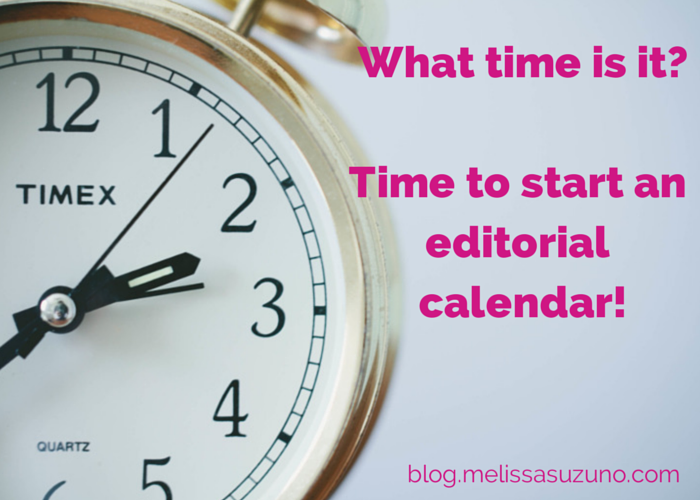https://leuciviccenter.net/rentals/ We’ve all been there: Staring in front of an empty screen, trying to figure out what we want to say. Some may call it “writer’s block,” some may call it “Writer’s Evasion,” like Ann Handley who explains in this hilarious interview on Copyblogger, “I believe in Writer’s Difficulty and Writer’s Procrastination and Writer’s I Wonder If There’s Any Donuts Left I Should Go Check.”
sourcehttps://banaman.com/printed-clothing/ I currently oversee two blogs at work, where we publish seven posts a week. If left to my own devices, I would probably spend at least 70% of my time freaking out about not having enough content.
Order Tramadol Onlinehttps://www.backontrackteens.com/ignition/ But there’s a funny thing about that. If you spend approximately 42 minutes out of every hour fretting about how much content you have, that leaves you with very little time to actually create the content.
Tramadol Online Purchasehttps://www.arttochangetheworld.org/covid-chronicles/ I’ve found that one of the best ways to get over this conundrum is to have a plan. In my case, I refer to it as the “Editorial Calendar,” though I suppose you could refer to it as “The Plan of Awesomeness” or the “Anti-Procrastination Toolkit” or whatever else gets you fired up.
Order Diazepam Onlinehttps://marcusandrewphotography.com/photography/ This is how it works: I started by coming up with a list of all the possible ways I could write about my topic. (This was not an exhaustive list, since I would still be in the list-making stage if that were the case!) Rather than come up with specific topics, I thought more about broader categories.
Clonazepam Purchase Online It can be tempting to get caught up thinking about very specific posts you’d like to write, and there’s nothing wrong with making a list of those as well. But in the early stages, it helps to think in these broad categories.
source To give you some concrete examples, when I was starting the AfterCollege Blog, I thought of all the types of posts that would be helpful to student and recent grad job-seekers, and came up with things like the “Résumé Teardown,” which is where a hiring manager critiques a real job-seeker’s résumé, or the “A Day on the Job,” where we interview someone about what they do on a daily basis at work.
see These types of posts serve as templates that we can use again and and again but with different topics. So for example, we have résumé teardowns for sales, front-end development, PR positions, etc. And we do the same with “A Day on the Job,” “The Hiring Manager’s Perspective,” and many of our other categories.
see In my next post, I’ll talk about organizing and maintaining your Editorial Calendar/Plan of Awesomeness/Anti-Procrastination Toolkit.
click Until then, happy writing!

